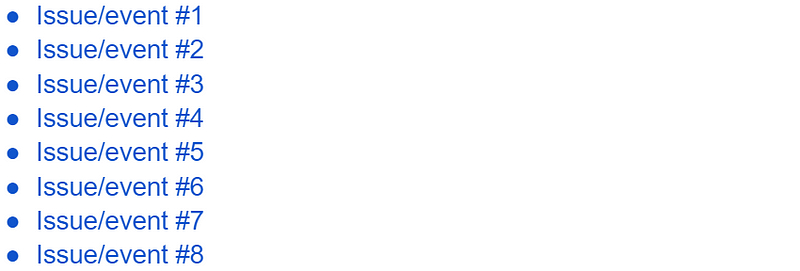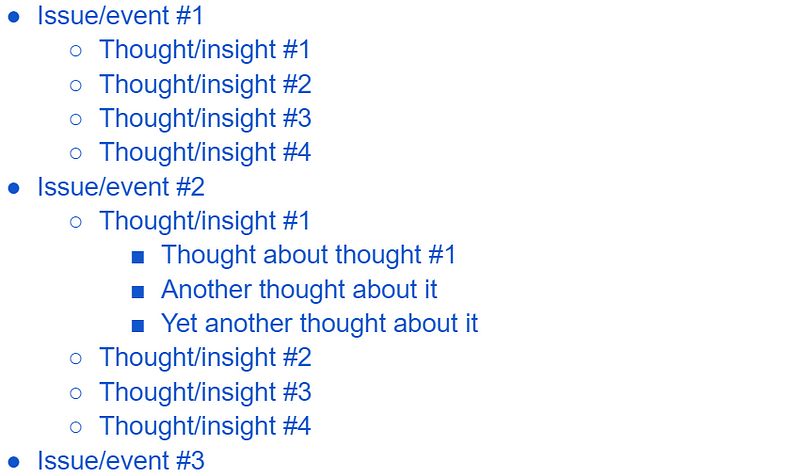Effective Journaling: A Quick and Simple Method for Clarity
Written on
Chapter 1: The Power of Private Journaling
Private journaling stands out as one of the most valuable life hacks available. It allows you to articulate your thoughts and declutter your mind. By converting your internal dialogue into written words, you alleviate the mental burden, freeing your thoughts from constant circling in your mind.
Additionally, journaling can reveal insights and help identify recurring themes in your life. When you regularly document your experiences and reflections, it becomes easier to notice familiar challenges cropping up over time. Reviewing past entries from six months or even a year ago can offer useful perspective.
However, there is a challenge. Traditional journaling can be time-consuming and demanding. At times, it can feel overwhelming to dedicate 30 minutes to writing when you’re already fatigued by your daily responsibilities. I discovered a more efficient solution.
I developed a streamlined approach to journaling that I refer to as the Expanding Bullet List. The advantages of this method include:
- Reduced time commitment
- Easier initiation
- Enhanced processing of thoughts in a shorter span
- Better integration into a busy schedule
Here’s how I implement it:
I prefer using the free online journaling platform Penzu, but any word processing application will suffice. Start by jotting down, in bullet points, any significant events or issues. Use as few words as possible—just enough to convey each thought clearly. Imagine you’re making quick notes for a discussion with a therapist or a close friend.
The key is to avoid overthinking; let your thoughts flow naturally. This initial phase should take no more than two or three minutes.

Once you’ve compiled your bullet points, review each one and create an indented sublist of related thoughts, again using minimal wording. Continue this for each main bullet point. If new ideas arise as you work through your sublists, add these as further indented bullets.

This technique can also facilitate decision-making. For instance, you can list pros and cons related to a choice you’re facing.

In just a short period, you can gain a comprehensive overview of the issue at hand, and you might discover the answer organically. If an answer doesn’t emerge and the issue isn’t pressing, feel free to leave it as an open question; clarity often arrives with time.
While longer journal entries can still hold value, especially for deep exploration of topics, this bullet list approach is ideal for those moments when you feel compelled to write but lack the time or energy.
I find myself writing fewer long entries these days. Most often, these concise bullet lists suffice. Within about 10 to 15 minutes, I can capture a broad understanding of my current thoughts and experiences.
Chapter 2: Enhancing Your Journaling Practice
To make this method even more effective, I employ an additional tip. I utilize the Keep Notes app on my phone to record significant thoughts or events throughout the day. Whenever something noteworthy occurs, or I have an idea to process, I jot down a quick note.
Then, when it’s time to write my journal entry, the first part (the initial bullet list) is mostly prepared. I simply copy and paste each bullet point into my journaling app, giving myself a head start.

This video titled "How this journaling method will actually make your life easier" illustrates how a simplified approach to journaling can streamline your writing process and enhance your mental clarity.
The second video, "5 Beginner Bullet Journal Methods for Consistency," explores various beginner-friendly techniques that can help you maintain a regular journaling habit.